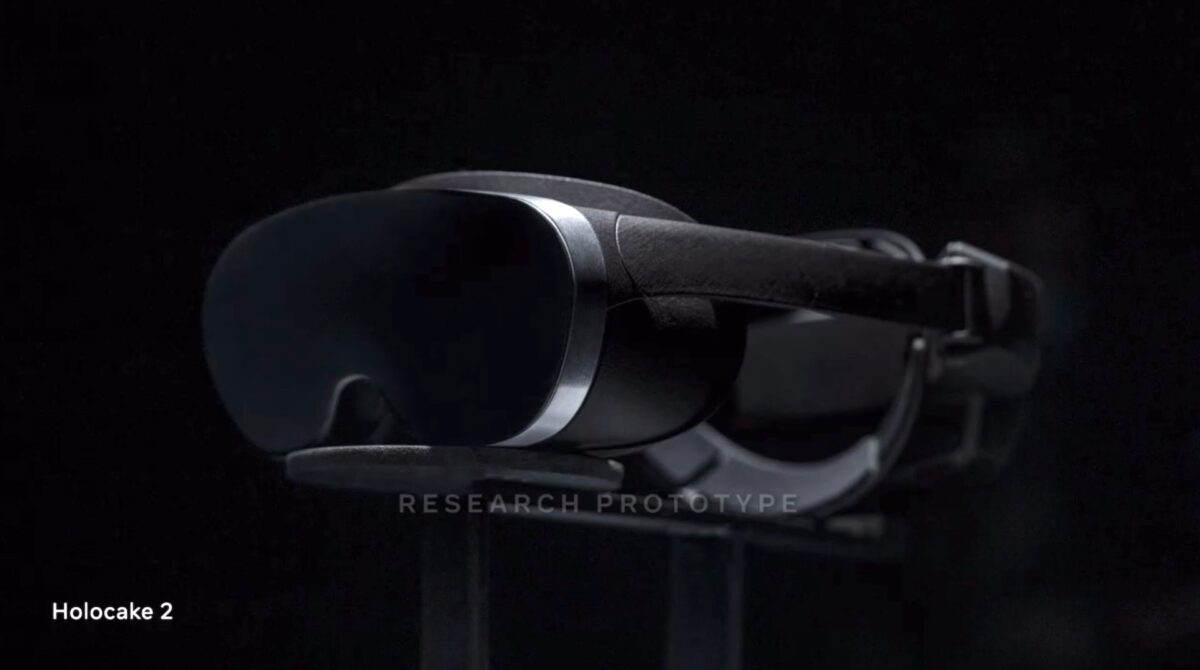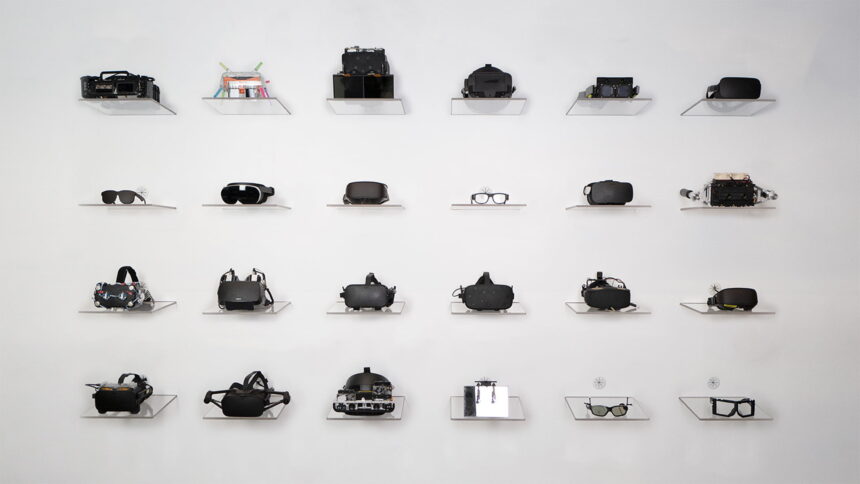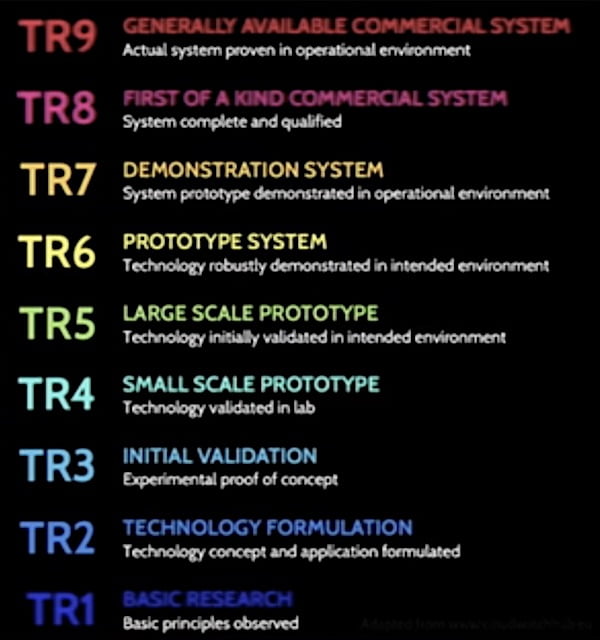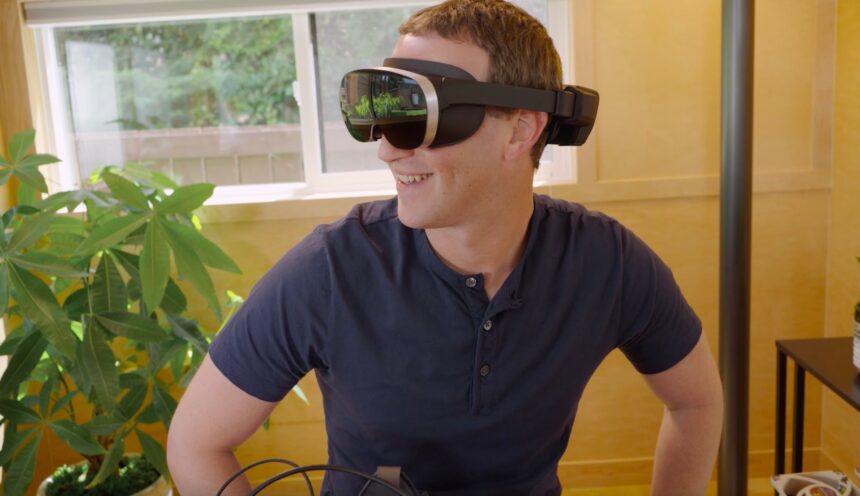Meta's futuristic VR displays: When could they hit the market?

This week Meta revealed exciting new display prototypes. When will they be available to buy? Meta CEO Mark Zuckerberg has at least given some hints.
Meta loves prototypes. Reality Labs researchers call them time machines because, in a way, they let you look into the future and see what might be possible and whether it's worth following certain technological paths.
That the prototypes are impractical or exorbitantly expensive to produce is secondary. What matters is the experience they offer and the insights that can be gained from them.

Meta's numerous VR prototypes. | Image: Meta
The Half-Dome, Butterscotch, Starburst, and Holocake 2 research devices shown this week are prototypes of this kind: they are complicated, unfinished, and will not be a product soon. Meta made that clear.
Nevertheless, there are differences as far as the research status is concerned: Some display systems are closer to commercialization, while others are far from it.
Variable focus: So close and yet so far away
The fact that a working prototype exists does not mean that commercialization is imminent. Meta distinguishes between nine stages in the development of XR technology: from basic research to advanced prototypes to a commercially available product. A leap to the next level can take years - or not happen at all.

The NASA-inspired development stage system. | Image: Meta
"It is a good reminder as hard as it is to build the first version of something, it can often get even harder to get it into a shipping product," Zuckerberg said during the unveiling of the devices.
Regarding the varifocal display in the Half-Dome prototypes, Zuckerberg said he was optimistic it was coming "soon." He fleshed out that statement to Tested, saying, "We have a reasonable shot to ship in five to six years. But don't take my word for it. That's the hope based on where we are now."
Holocake display: second half of the decade
Retina resolution, like that offered by the Butterscotch prototype, could be upon us in the "next few years for sure," according to Zuckerberg, while an HDR display similar to Starburst is still a long way off. "Realistically, this isn't stuff that's going to show up in the next few products we ship," Zuckerberg said.
And what about the ultra-slim PC VR prototype Holocake 2? Zuckerberg hints that there are still hurdles to overcome in energy efficiency and thermal management before the device can also run in standalone mode, like the Quest 2.
"That's why it [Holocake-2-Technologie] won't be shipping today or in the next couple of generations, but it's a good sense of basically like where things could go maybe a little later this decade," the Meta CO explains.
Which display comes first? It depends on the benefits
More likely, according to Zuckerberg, is that new display technologies will appear first for the high-end product line (see Cambria) before possibly reaching the Quest at a later date.
The order in which breakthroughs (variable focus, Retina resolution, HDR and Holocake lenses) appear in headsets will depend on the opportunities they open up. "At this point we're pretty convinced that people are going to want improvements in all of these directions, but what use cases each one unlocks will affect how we prioritize getting them in, of course," Zuckerberg says.
Physics will not prevent Meta from reaching "its destination"
One major factor that will have a big impact going forward, and one that Meta has limited influence on, is consumer interest in virtual reality. The more devices that are sold, the cheaper the technology becomes to manufacture and the faster it develops - as can be seen in the example of the smartphone, which has undergone breathtaking technological development since 2007. Smartphones even laid the foundation for modern VR technology.

Mark Zuckerberg wearing Holocake 2. | Image: Meta
If virtual reality remains a niche, the technology will probably also remain stuck or at least develop only slowly. The extent of VR's success is impossible to predict.
Zuckerberg, chief researcher Abrash and the display researchers who attended the presentation of the prototypes radiated joy and optimism. At least from a technical perspective, nothing seems to stand in the way of progress.
Display team leader Douglas Lanman closed the conference call by saying, “In any case, whatever path we take, our team is certain that passing the visual Turing test is our destination, and that nothing in physics prevents us from getting there.”
Note: Links to online stores in articles can be so-called affiliate links. If you buy through this link, MIXED receives a commission from the provider. For you the price does not change.